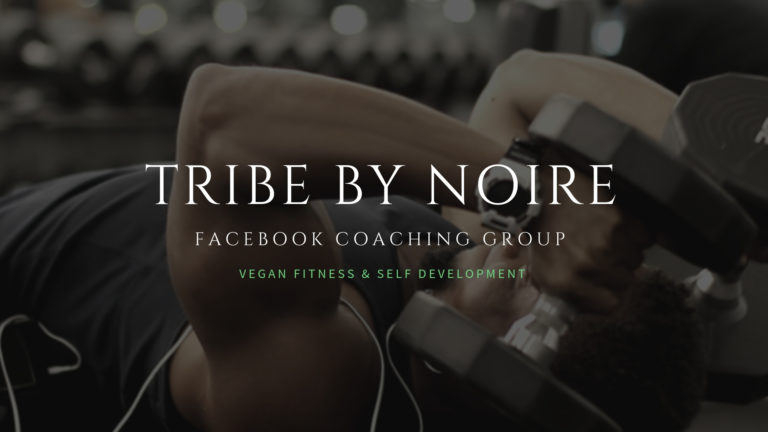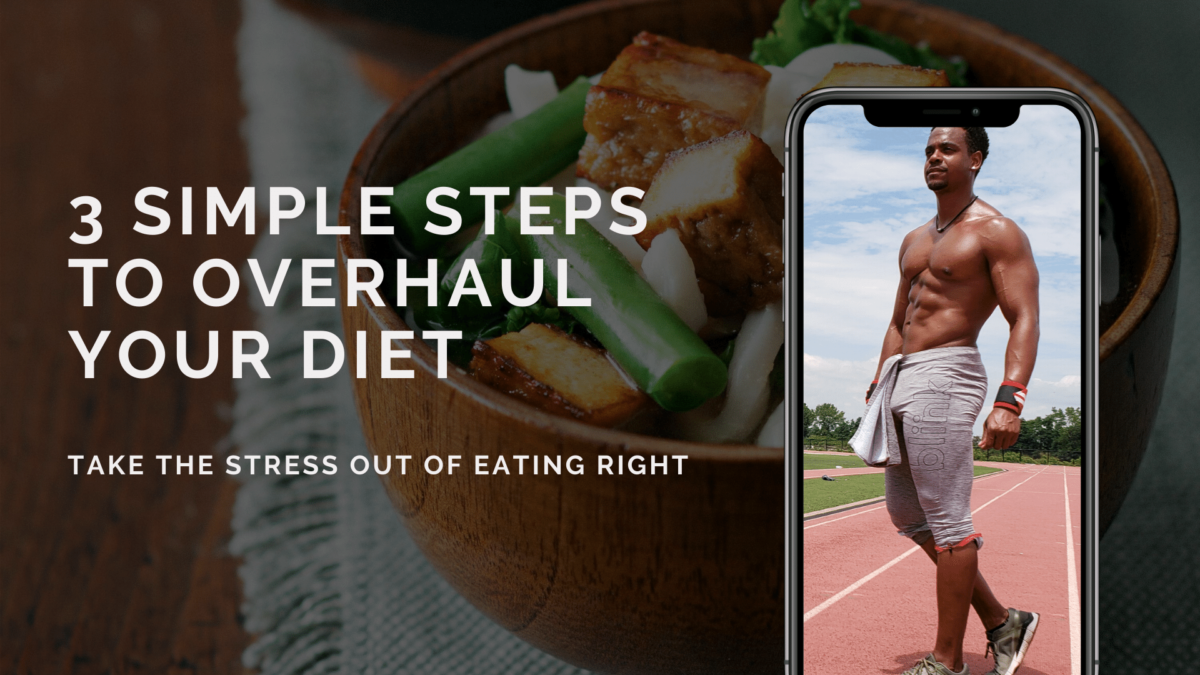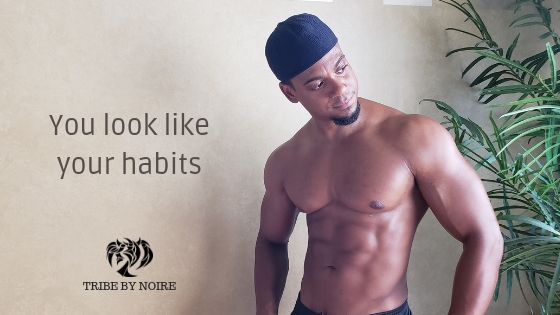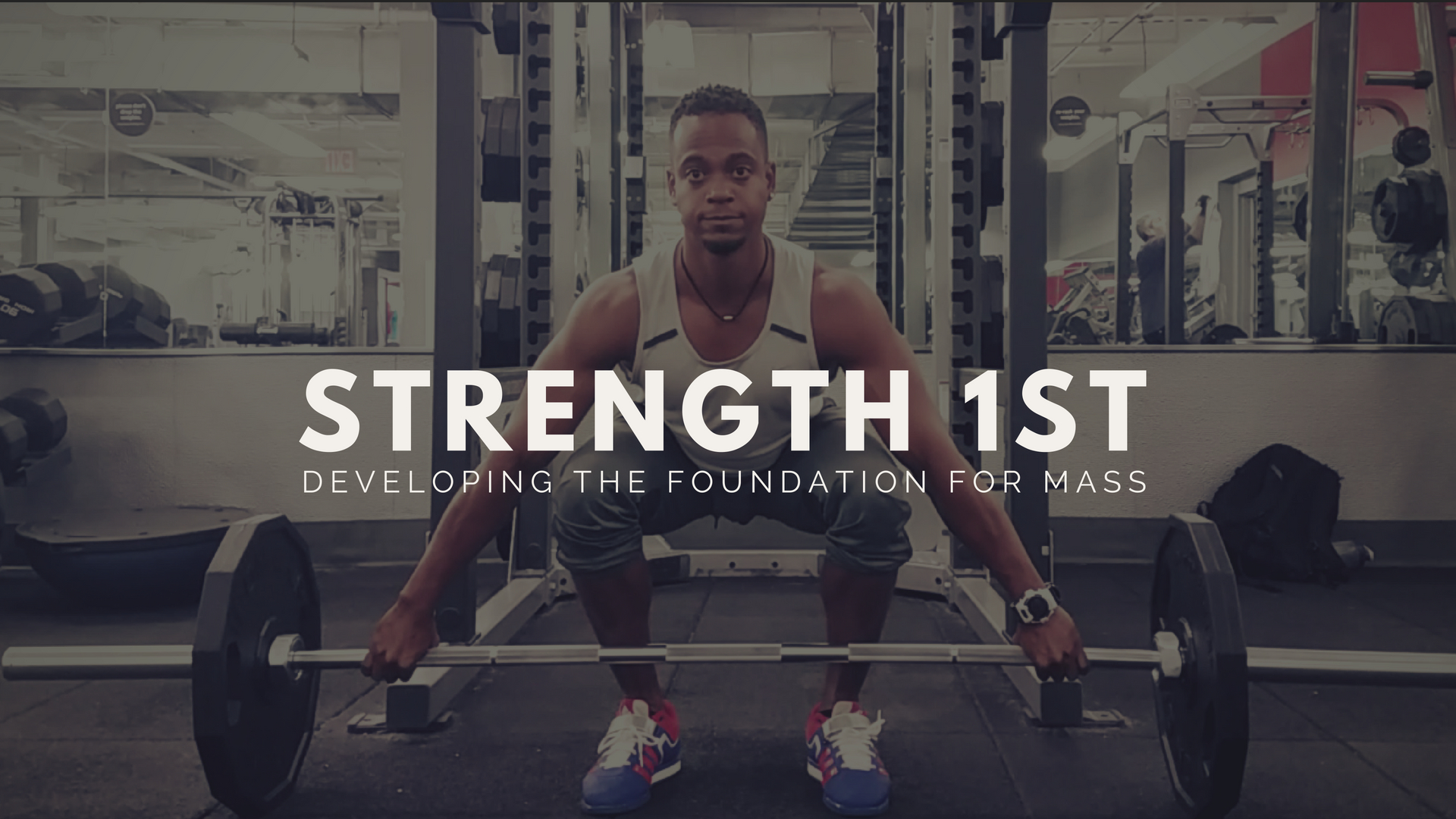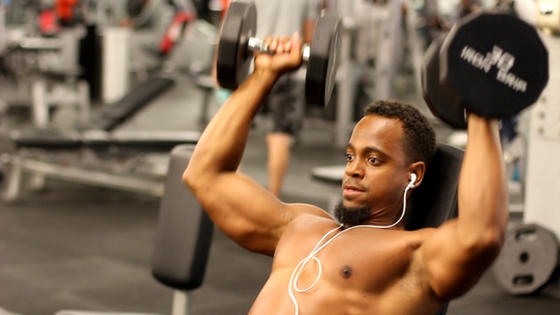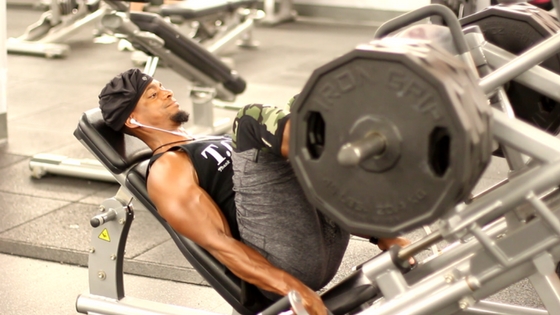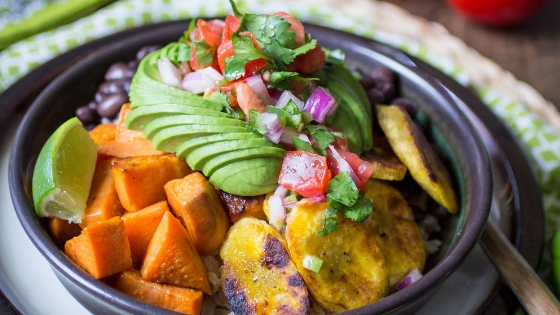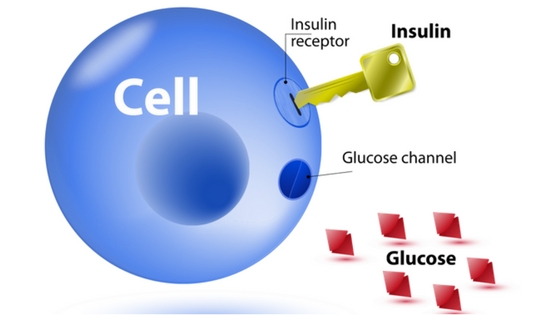I’m sure you’ve seen some really drastic before and after pictures floating around, especially on instagram. On the left would be a guy or gal, flabby, bad posture, and an unenthusiastic facial expression to match. Then on the right is the same person, lean, tanned, and standing tall with a smile from ear to ear. You may look at images like that and think WOW I wonder how they did it!?
As a coach myself with over a decade of experience, I’ve figured it out. We know the diet has to be on point, but no matter how good your diet is, you won’t be able to make that transformation without the right type of training. There’s many different ways to train, but to make a real physique transformation there are 3 strategies you need to be using in order to see consistent results.
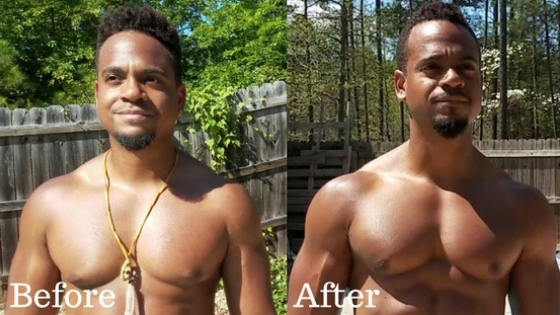
1- Rep Goals
The rep goal strategy is where you set a specific amount of reps with a set amount of weight. An example of this would be setting a goal of 24 reps at 185lbs within 3 sets on the bench press. That comes out to 3 sets of 8 reps if you were to do the same amount of reps on each set. Reaching your rep goal serves as an indication that you can go up in weight. You’re not ready to go up in weight if you don’t reach the rep goal.
Using this strategy is one of the best ways I’ve found to track your strength progress without doing 1 rep max tests. This is particularly a good idea for anyone in there first few years of training. You may not care too much about strength, but you will not build muscle without gaining strength.
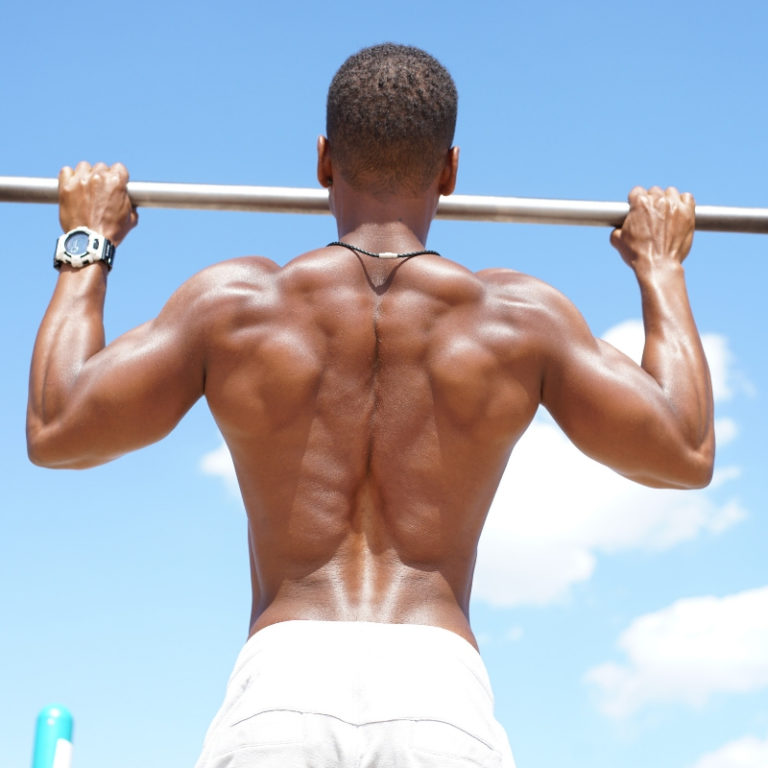
2- AMRAP (As many reps as possible)
Doing AMRAP sets is how you get the absolute most out of a workout. Not only does this stimulate crazy muscle growth, but it also puts you in serious fat burning mode. There’s 2 main ways to use this strategy and its important to know when and with what type of exercise.
Last set AMRAP
This is ideal for the strength training portion of your workout, especially in combination with the rep goal strategy. Get as many reps as possible on that last set and see how far beyond your rep goal you can get. There’s no reason to stop short.
Body weight training
When using body weight exercises to build muscle, the most important factor is reps. The amount of muscle you build with body weight training is directly correlated to how many reps you can do. As a bonus, this also has a cardio training effect which will result in improved stamina and fat loss.
3- Super Sets
A super set is when you do 2 exercises back to back with little to no rest time between them. This is a smart way to improve time efficiency in your workout, train lagging muscles,, and increase the frequency of how many times you train a muscle group in a week. Here’s a few super set examples.
Lower body Training
- Squats & Calve Raises
- Stiff Leg Deadlift & Leg Curls
- Lunges & Single Leg Hip Bridges
- Banded Crab Walks & Hip Bridges
Upper Body Training
- Chest Press & Bicep Curls
- Rows & Tricep Extensions
- Overhead Press & Reverse Flies
- Lat Pull Down & Side Delt Raises
Plug in 1-2 super sets towards the end portion of your workouts to maximize muscle growth. Using all 3 of these strategies in each workout is a real game changer, trust me.
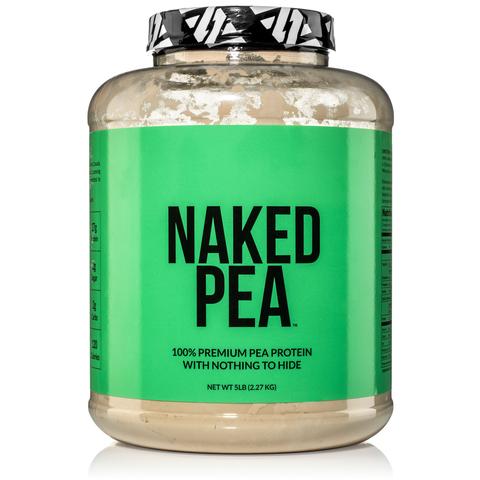
My Top Vegan Protein
If you need a vegan protein supplement that tastes good, has a good texture, and doesn't have all the additives and colors, give this one a go. each serving is 27 grams of protein and 120 calories.
Tribe By Noire

I’ve created this platform to help you become the most powerful version of yourself through fitness, plant based nutrition, and mindset coaching.
copyright © 2018 Tribe By Noire. All Rights Reserved
